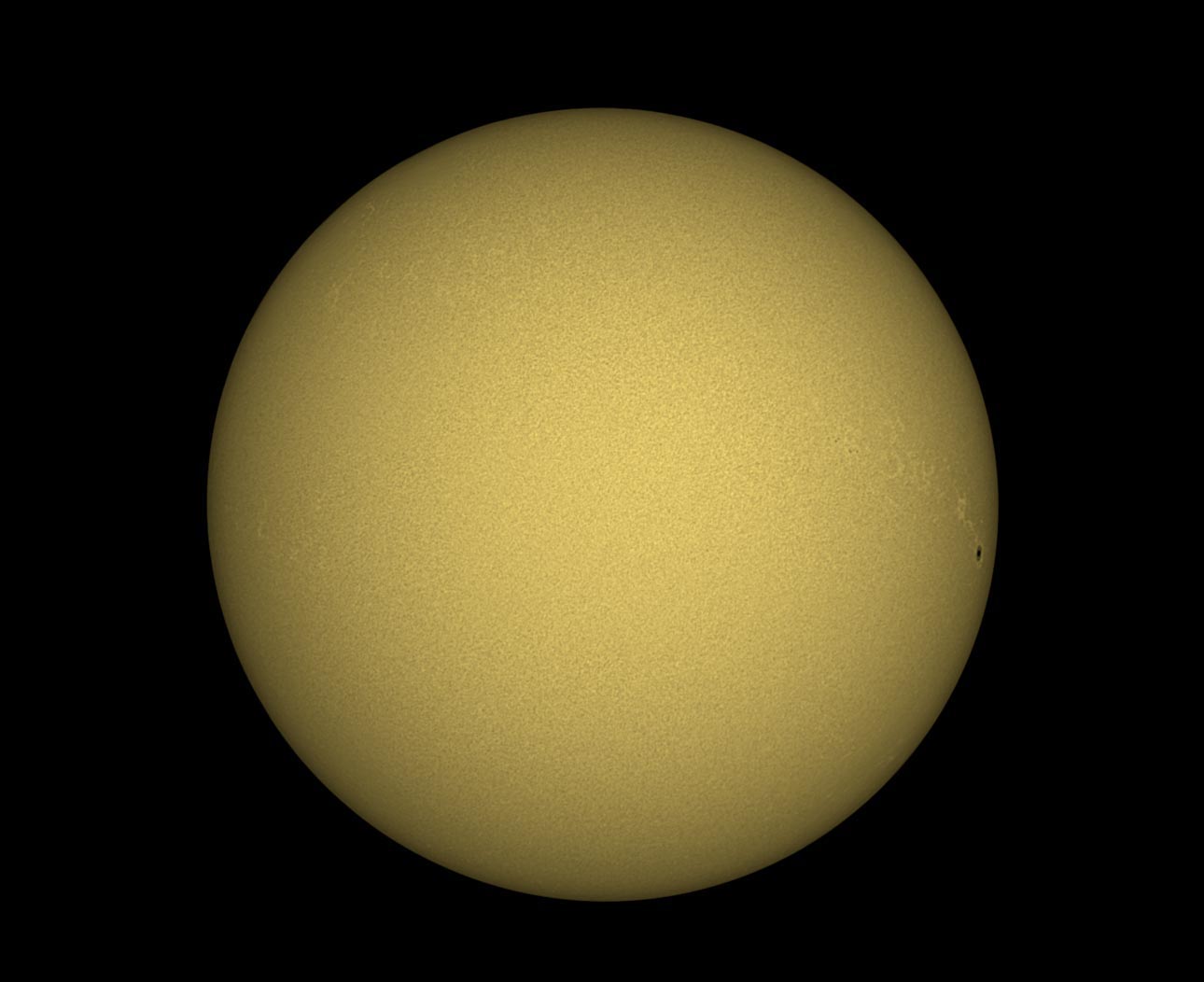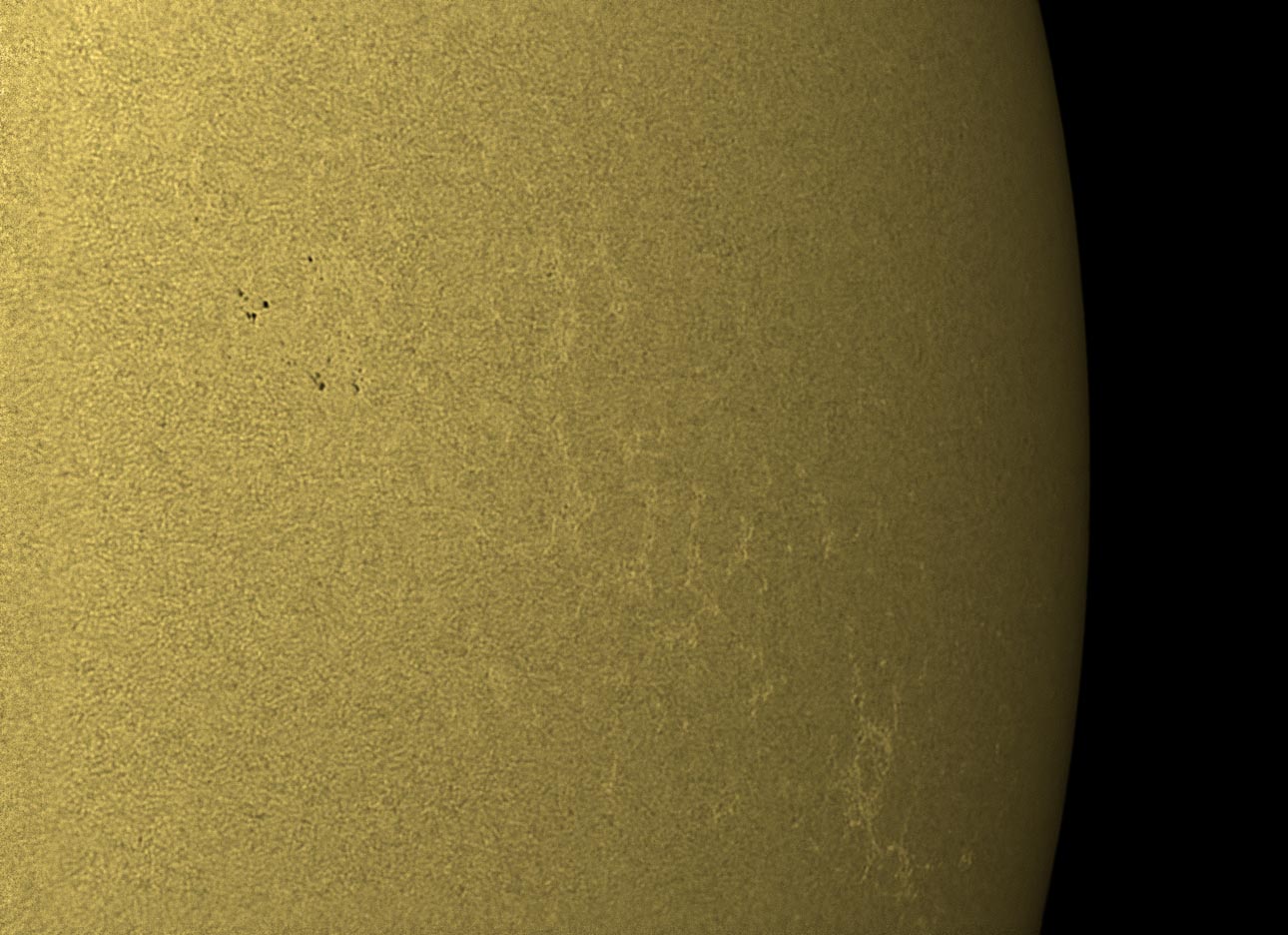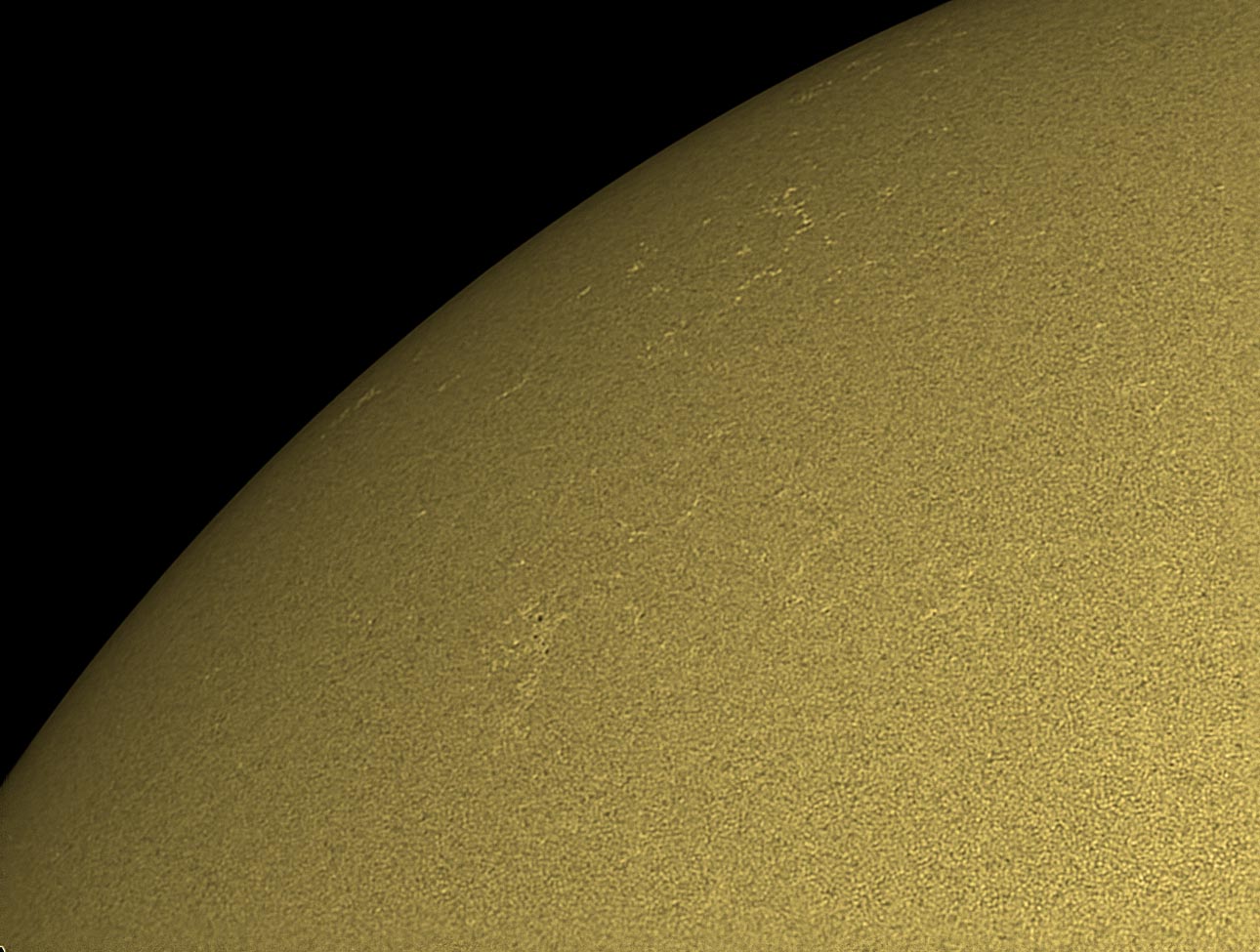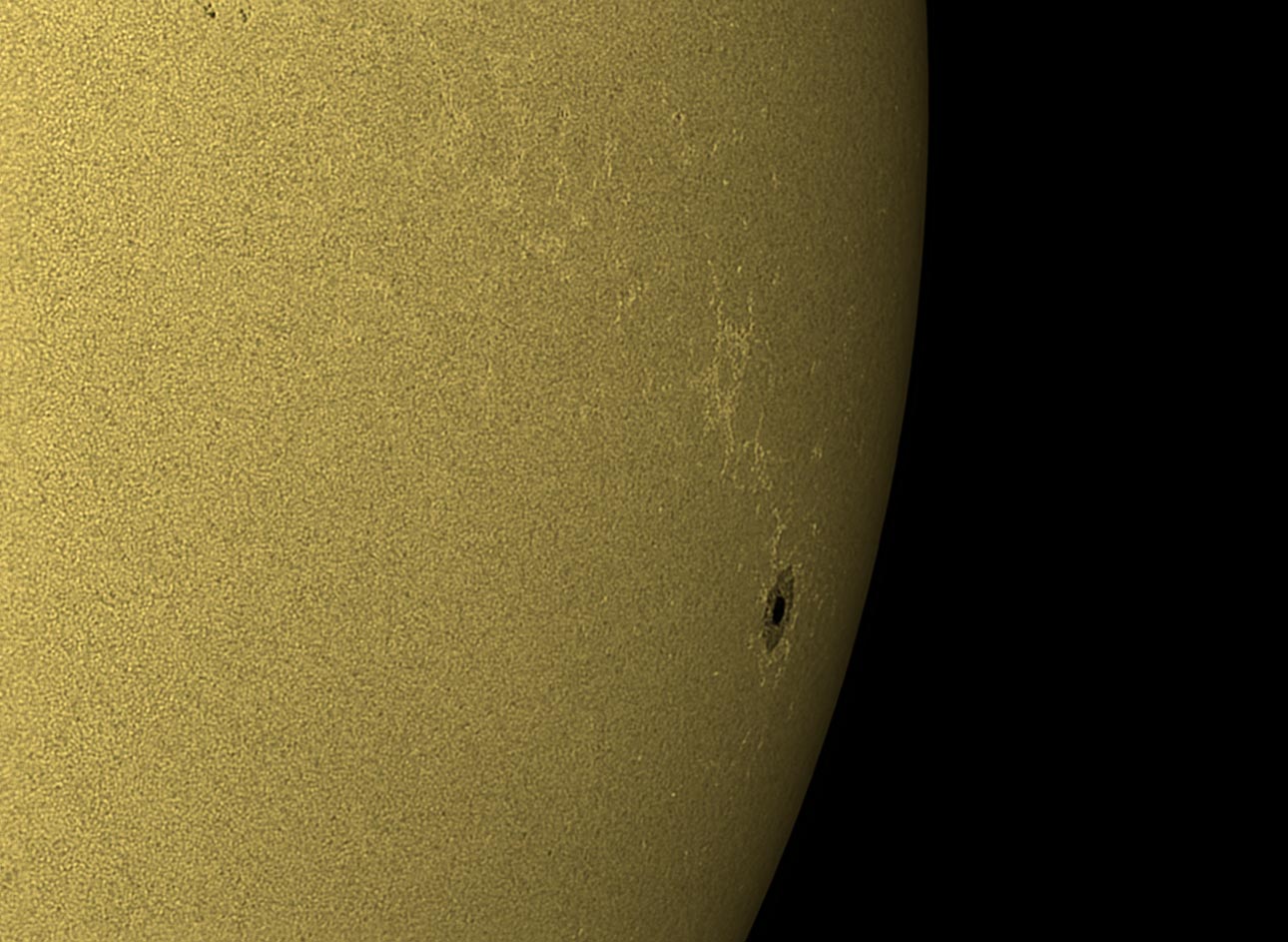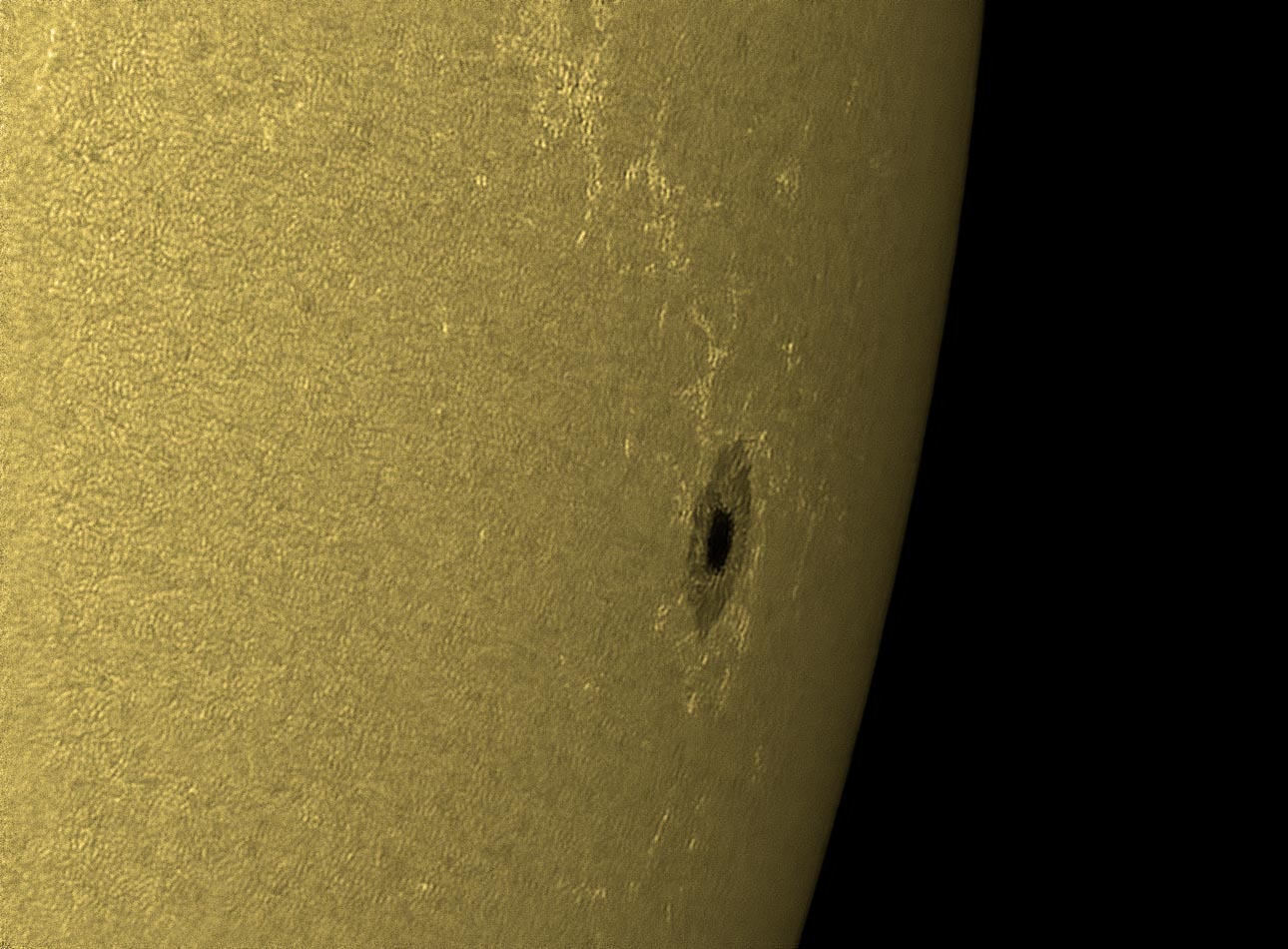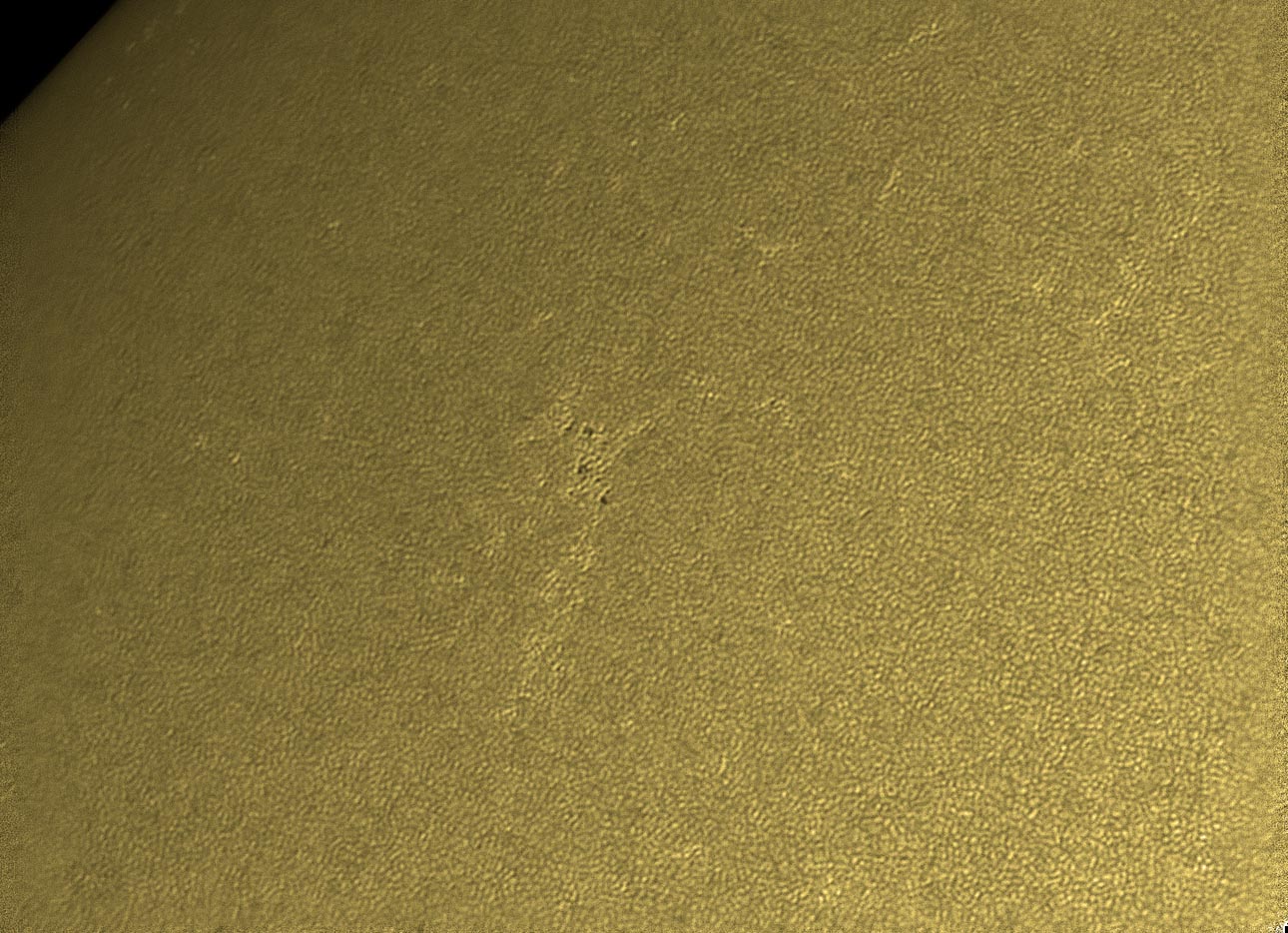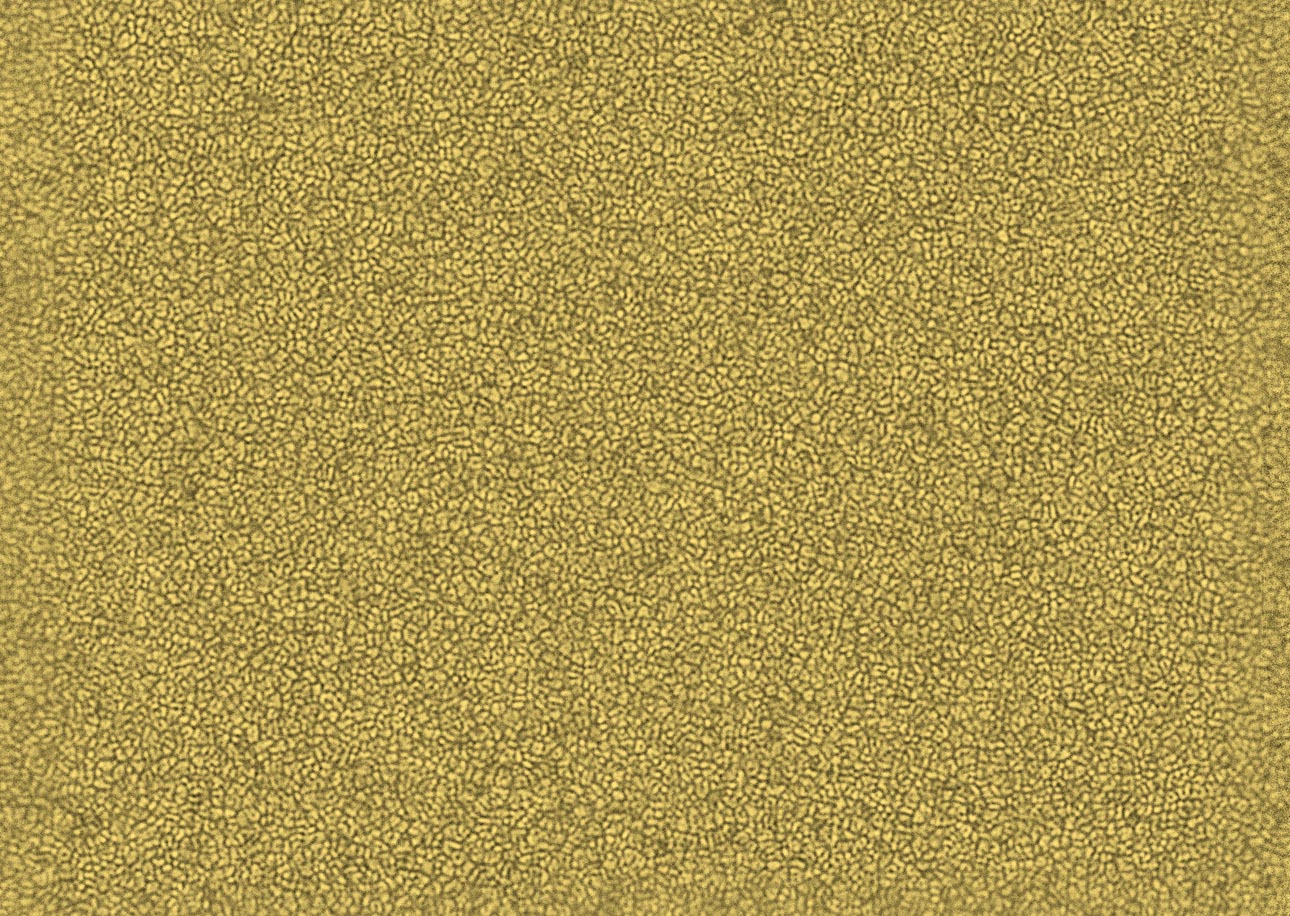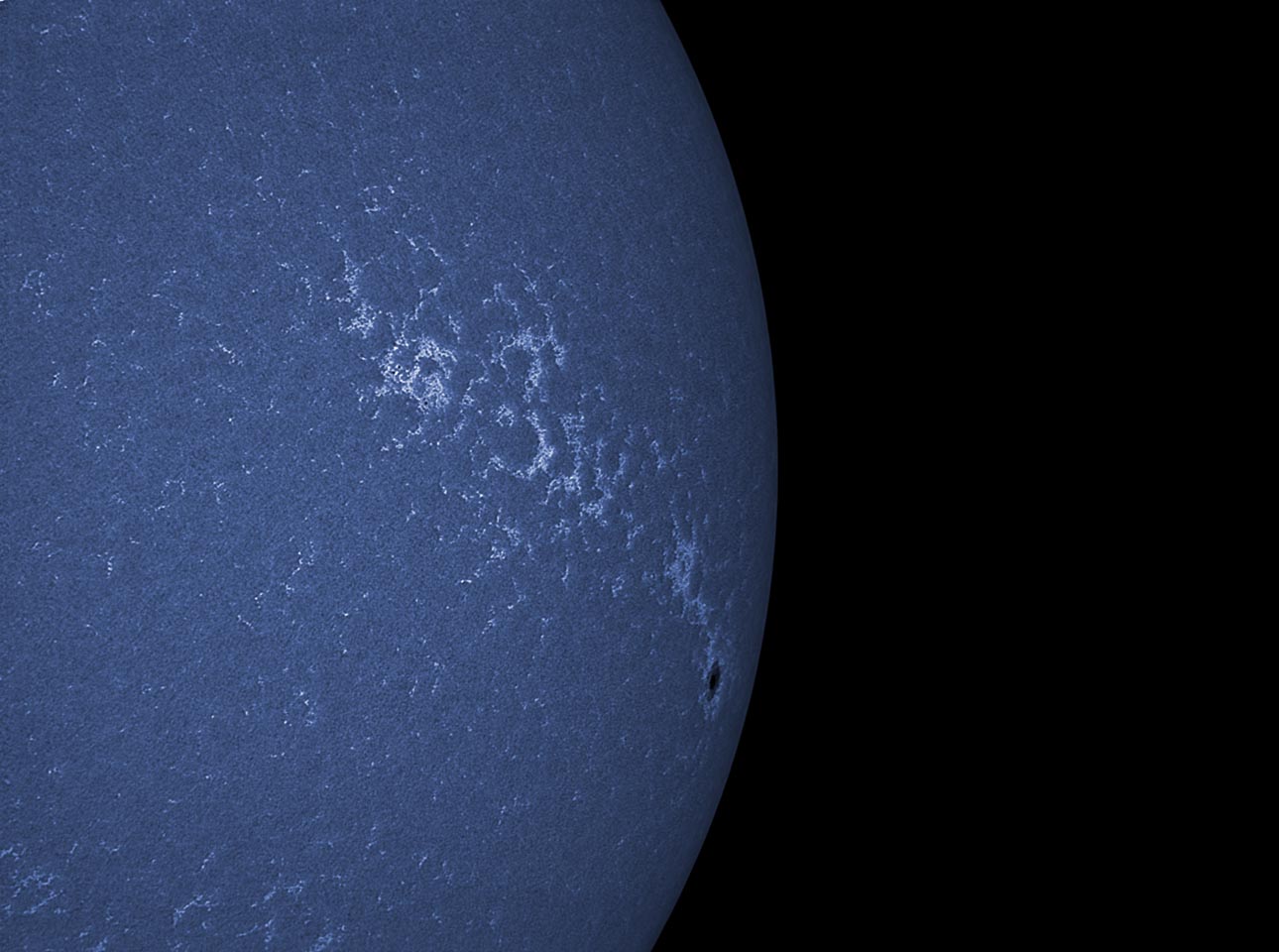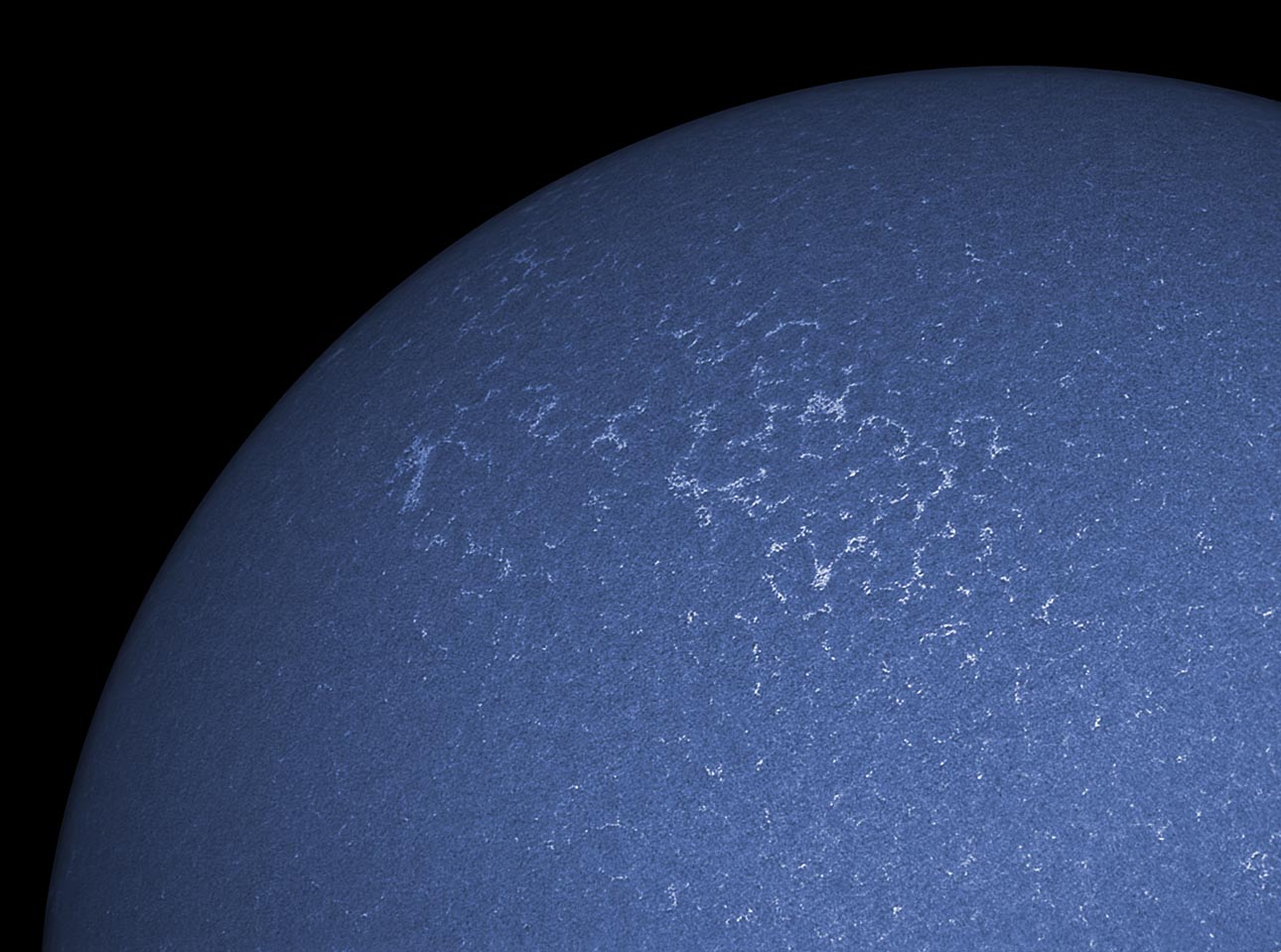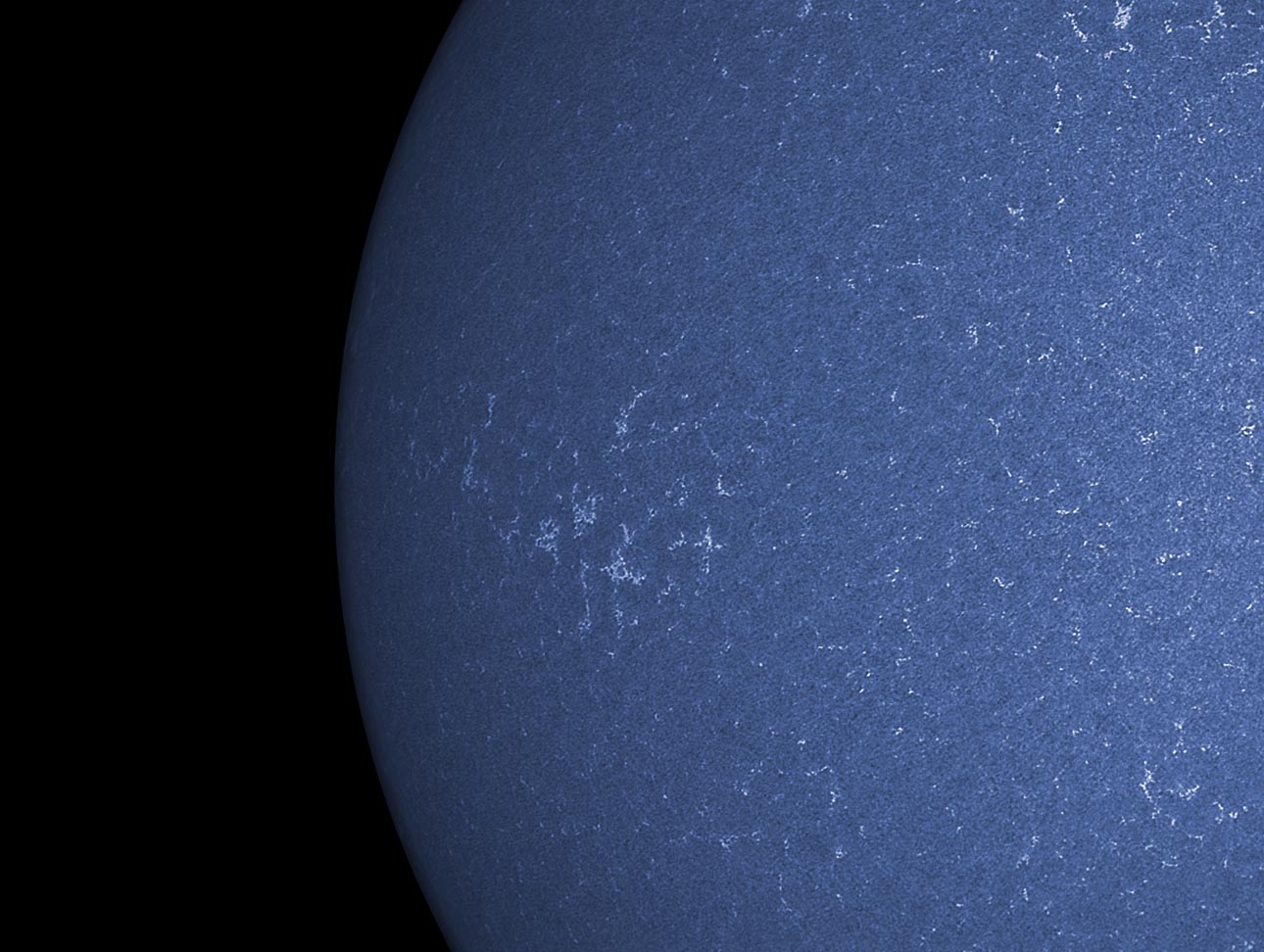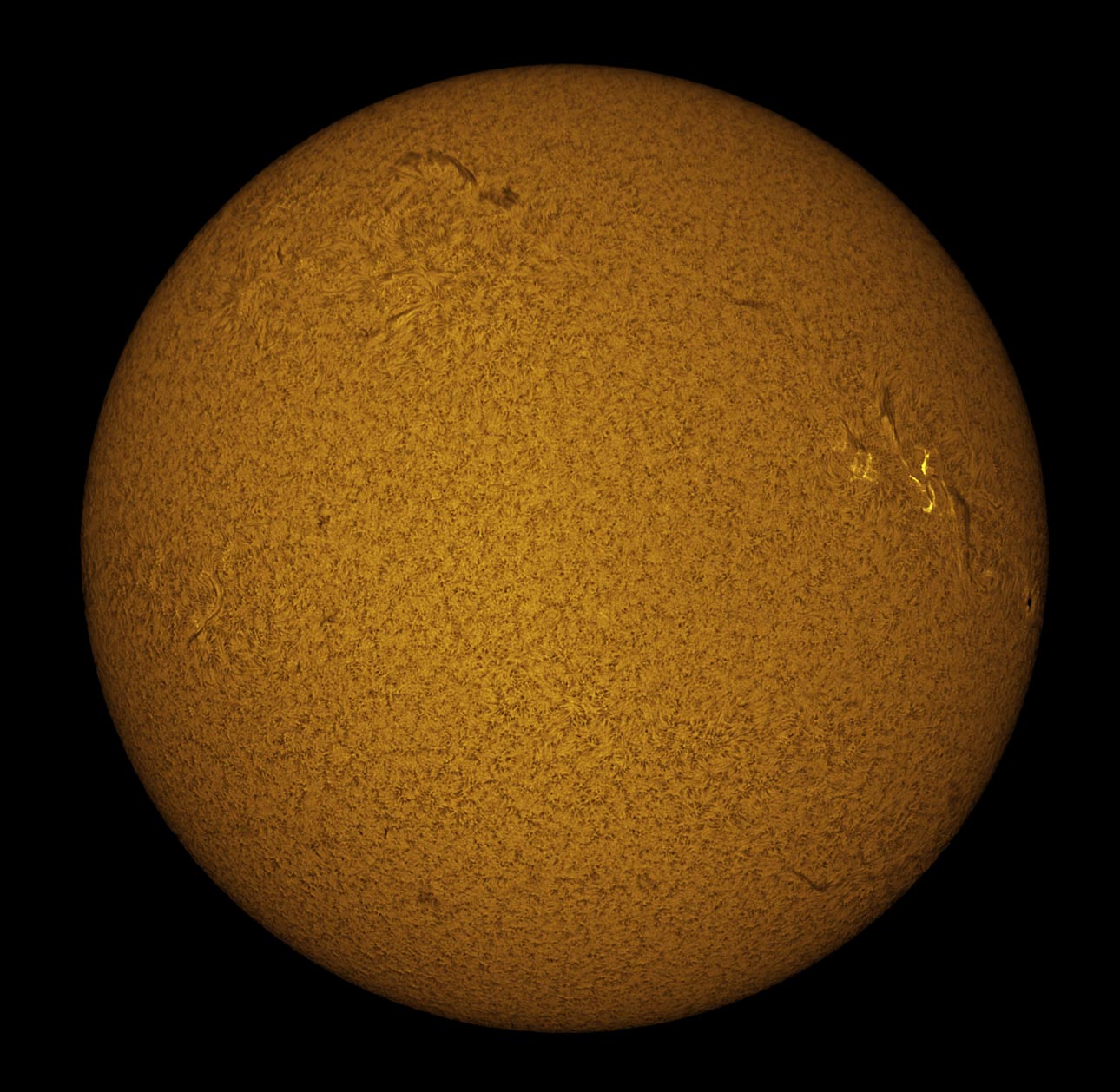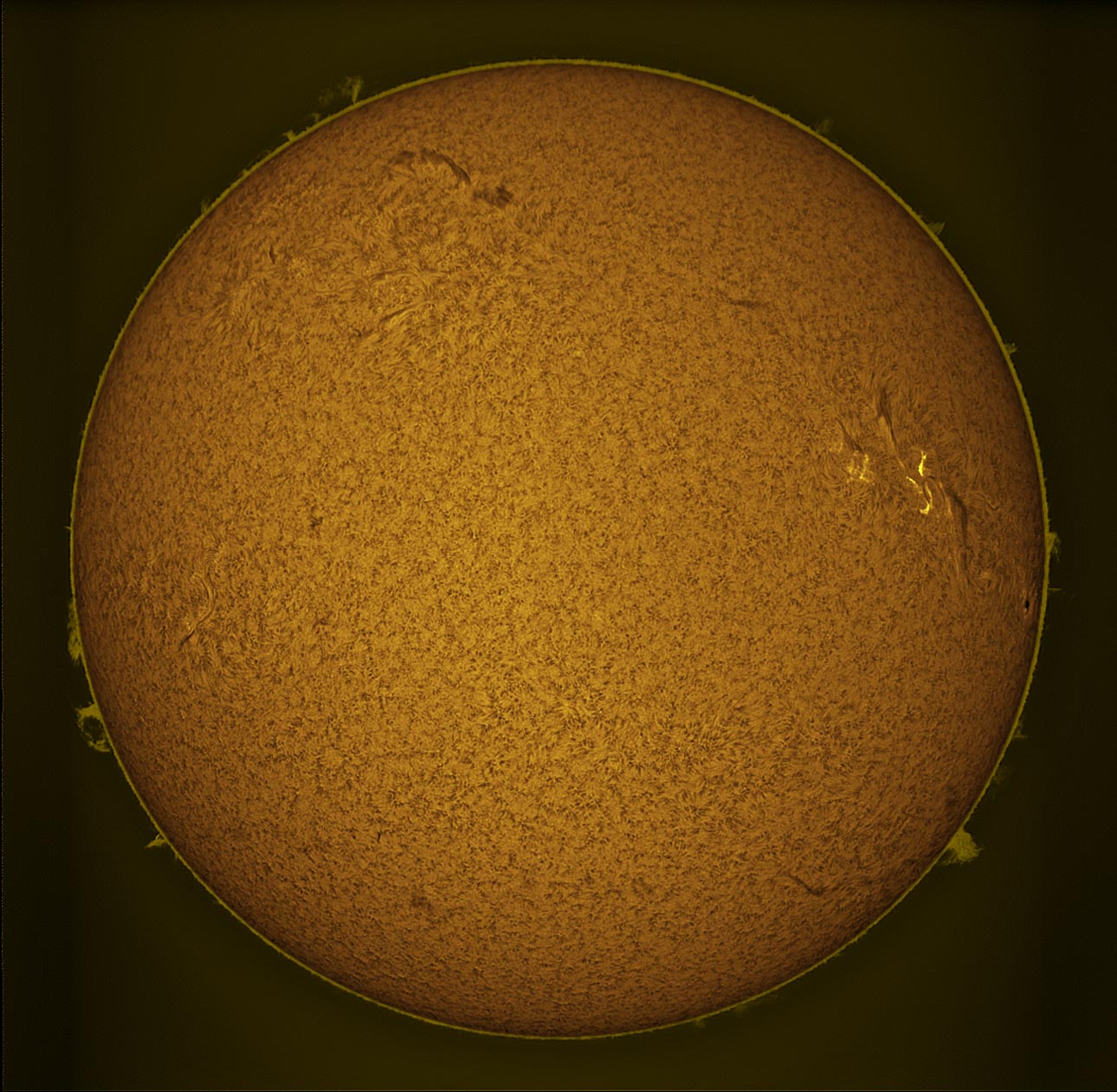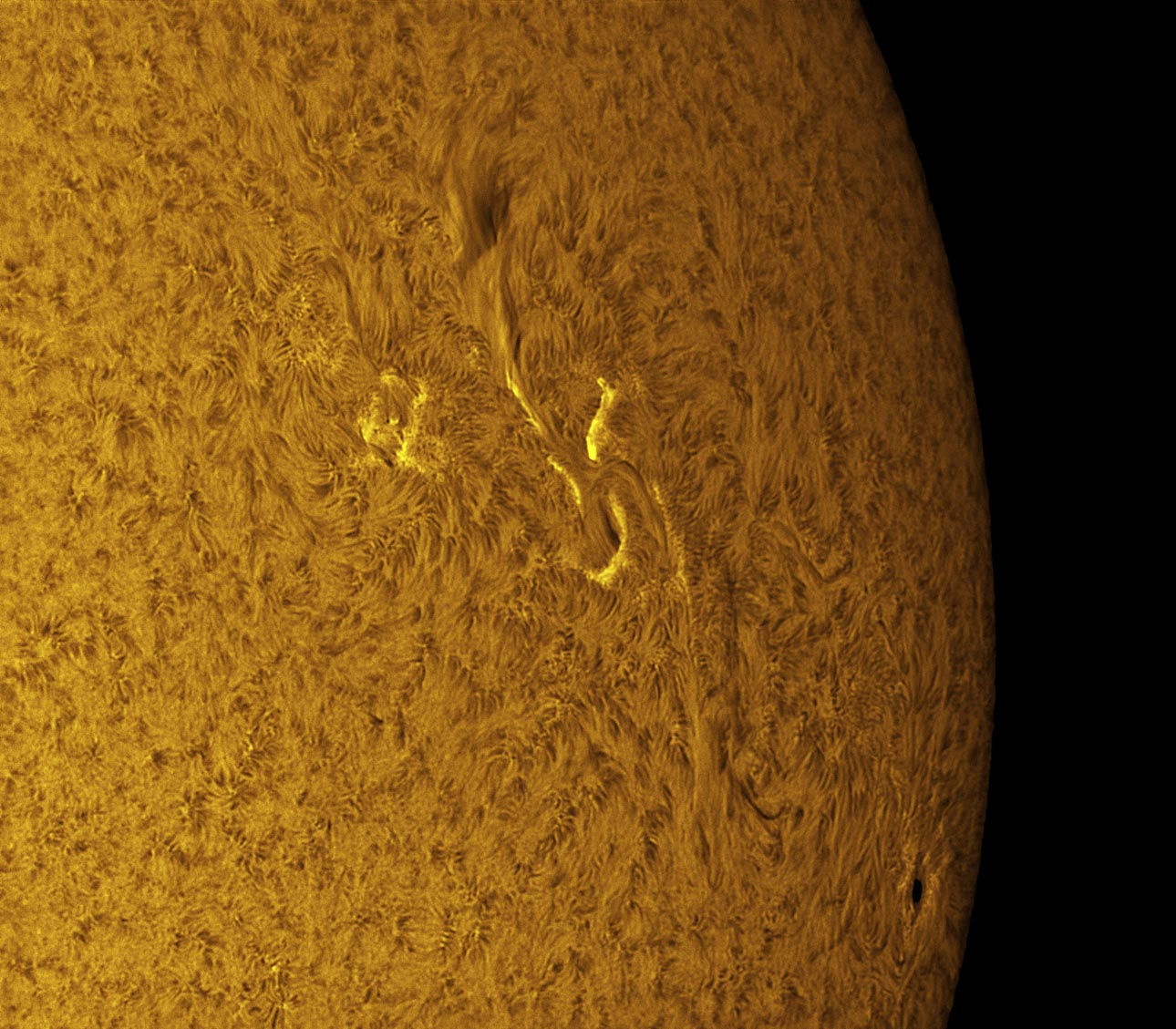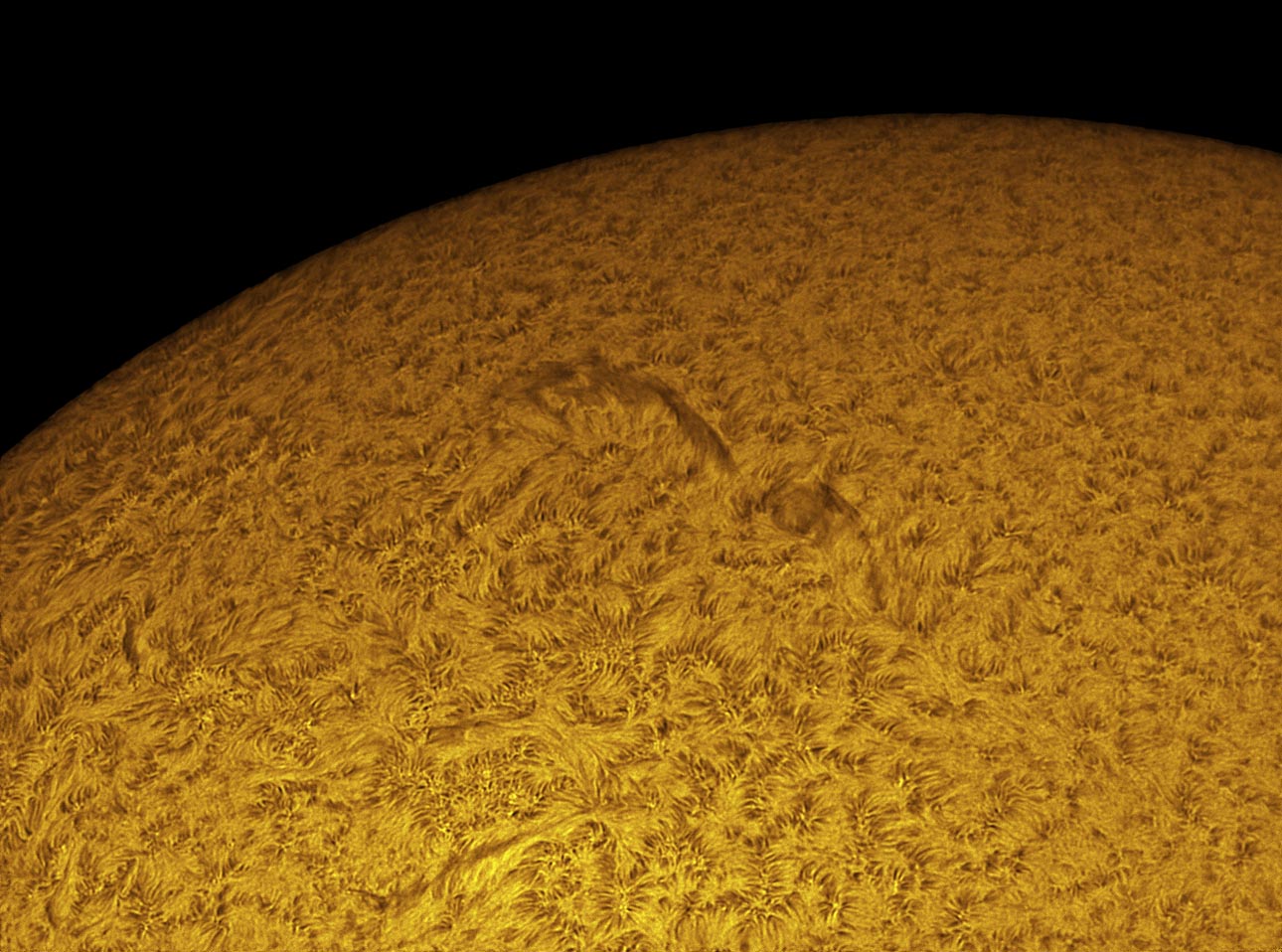Sun in HAlpha / CaK / White Light With Lunt LS100THa / Stellarvue - Zeiss SV80s , Explore Scientific AR152 + Lunt CaK filter or Baader Wedge Uploaded 4/9/12 Weekend Report For the weekend of April 7/8, 2012
Images below are 1290 wide and non clickable
Only one medium sized sunspot was dominant on the solar face this weekend. This active region - AR1450 was attended by some Halpha flares, stunning facula, and some intricate Calcium K details. Seeing was only 2/5 but using many frames for a given AVI sequence helped find those "Lucky Imaging Moments". Here is the photo pictorial.
WHITE LIGHT:
Lets Start with the SV80s wide angle and some close ups. This scope sits highest on the mount when pointed east at sunrise, so gets first grab at the sun while the other scopes are still in shadow from the nearby observatory wall. All shots DMK51.
Full Disk - Baader Wedge, Continuum + IR, prime focus at f/6:
Notes: While the sunspot AR1450 can be seen on the right (west) limb here, just to its left were a small group of pores and faculae.
Now with the SV80 and 5x televue powermate barlow we start to zoom in on the group of pores:
A small group of pores and faculae on the eastern limb as well:
Now Im moving onto the AR152 white light shots. Initially, I stopped down to 80mm to test the waters on the seeing. Here with the 2.5x televue barlow on AR1450 itself. Look at the beautiful chain of faculae extending upwards from the spot. The supergranulation cell outlines can be seen clearly.:
Some nice details can now be seen in this set of 5x powermate images, seeing permitting:
Pores and faculae on eastern limb (oncoming)
The very center of the Sun - the Granulation is very evident. Even with this 4 minute integration time, we can still see the polygonal outlines of the graunules.
Now we move onto the Calcium K images. This is with the SV80, and Lunt B600 at prime focus:
Now with the 2.5x barlow, look how the chromospheric network extends upward from AR1450 and connects it with the group of pores!
Eastern limb details:
More eastern limb:
Next we go for the Hydrogen Alpha with the Lunt LS100. I can just get the full disk when I use the Antares .5x focal reducer here:
With the Proms image added to the background. AR1450 is flaring here. This lasted around 10 minutes:
Now with the 2.5x televue powermate, I can bring in the finest details:
Eastern limb filament:
Western limb prominences:
Eastern Limb prominences:
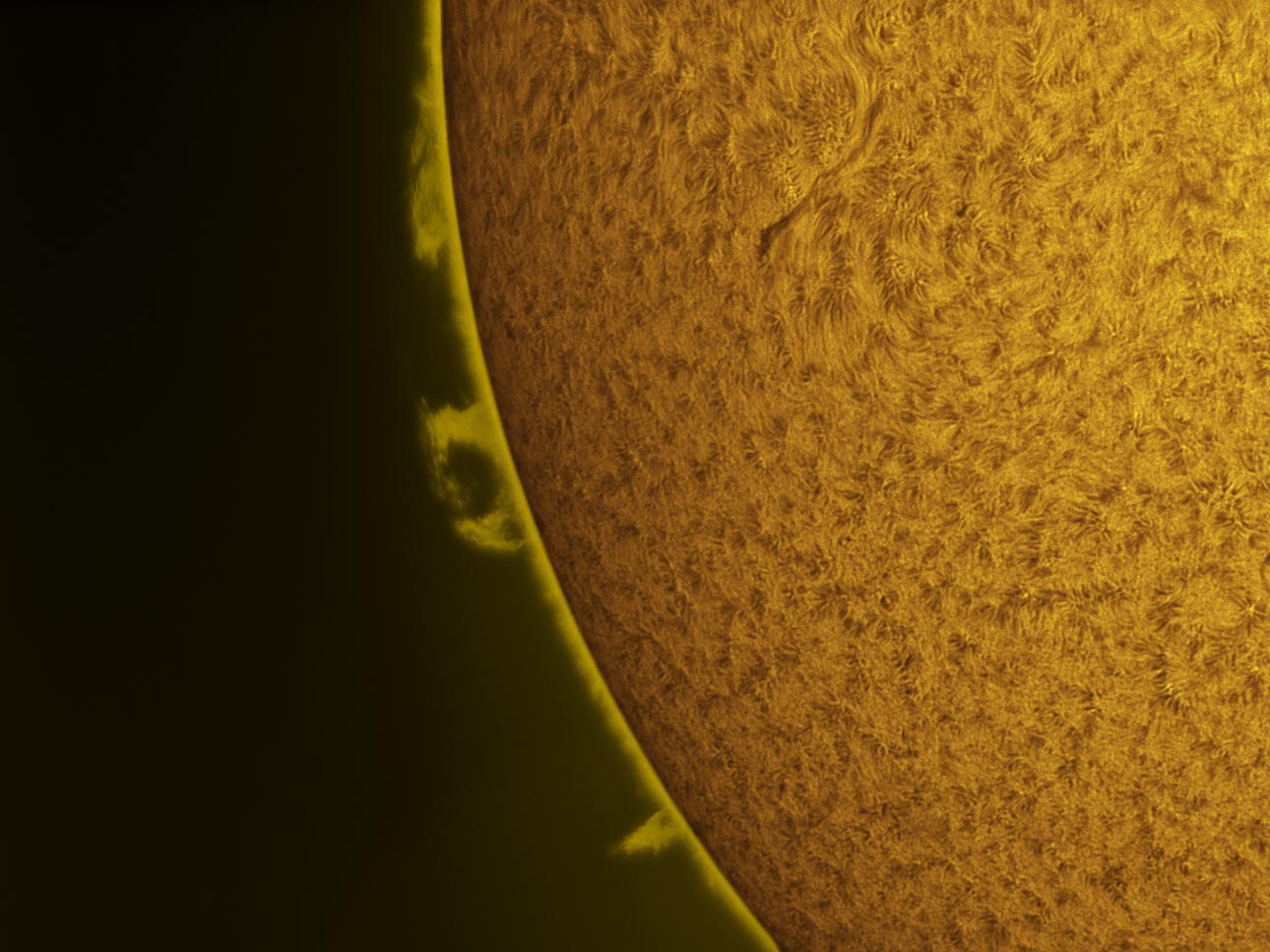
Instruments: Lunt LS100THa Halpha or Explore Scientific AR152 orSV80S with Zeiss Apochromat Platform: Astrophysics 1200 Camera: DMK 51 USB Location: Payson, Arizona Elevation: 5150 ft. Sky: Seeing 2/5, Transparency 9/10 Outside Temperature: 52F Processing: Autostakkert 2, Photoshop CS2 Solar Home Page HOME SCHMIDT GALAXIES EMISSION NEBS REFLECTION NEBS COMETS GLOBULARS OPEN CLUST PLANETARIES LINKS
